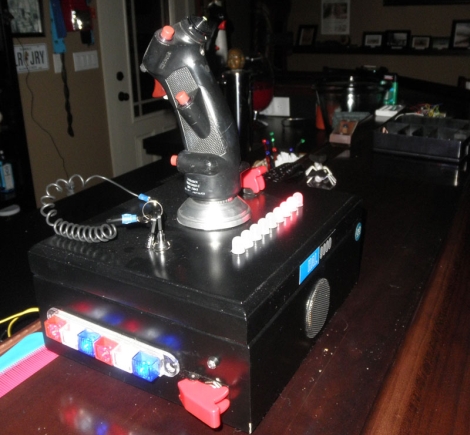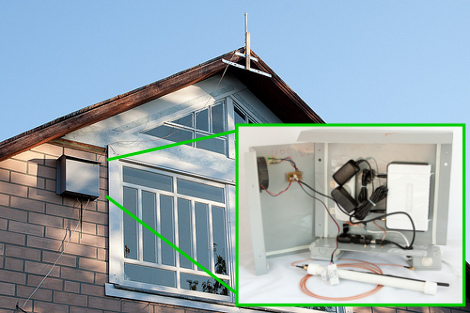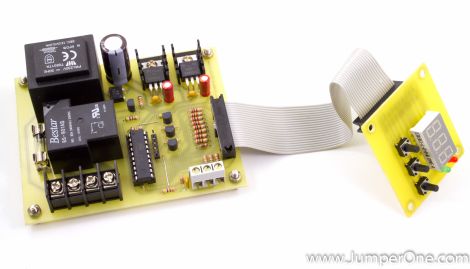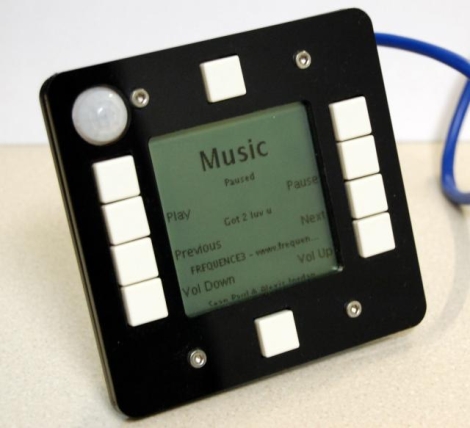
After seeing a writeup online that demonstrated how to build an “Emergency Party Button”, [spikec] knew that he had to have one of his own. He happened to have a USAF B-8 stick grip from an A-10A aircraft laying around, and figured it would be perfect for controlling the A/V system in his basement.
The control stick was mounted to the top of a cheap cigar humidor, and crammed full of any electronic component he could get his hands on. It contains not one, but two Arduinos. The first is tasked with reading the flight stick’s inputs and the IR control of his various appliances, while another triggers the overhead lighting in his bar along with the X10 controlled Emergency Party System. He contemplated combining all of the functionality into one device, but splitting the tasks in two was easier for this self-declared electronics novice.
The various buttons on the control stick can be used to power all of his A/V appliances on and off, control volume levels, and select which songs stream from his digital jukebox. If the action ever starts to wind down, a quick turn of his “arming” key and the flick of a switch sends his basement into full-on party mode, which includes more lighting and lasers than any one person should be allowed to own.
[spikec] says that his wife’s eyes were rolling like “uncaged gyros” when he unveiled his controller for the first time – a sign of a job well done. Don’t take our word for it though, check out a video of his control stick and Emergency Party System in action after the jump.
Continue reading “Salvaged Flight Stick Controls A/V System, Triggers “Emergency Party System””
















